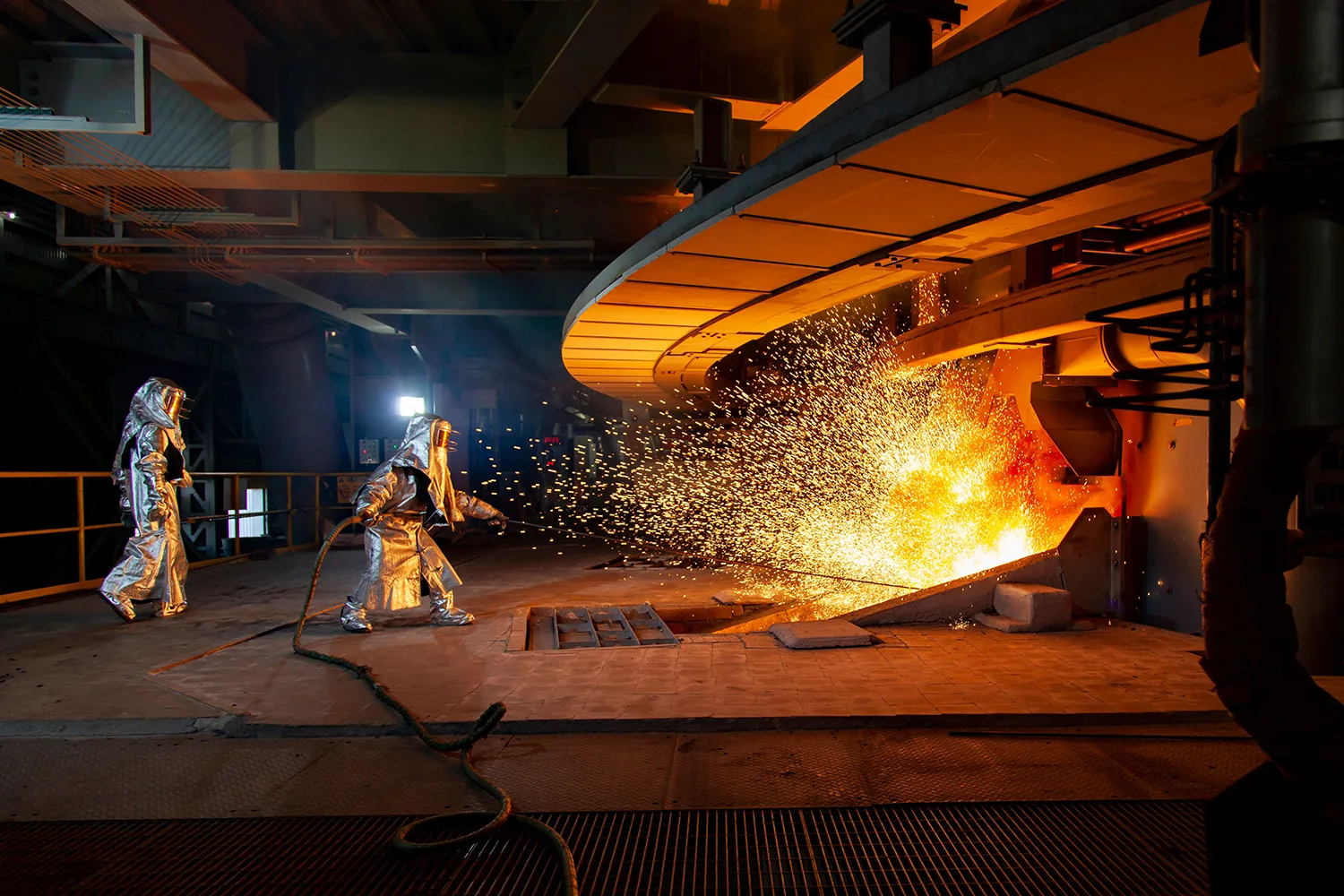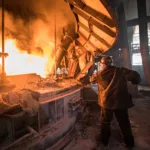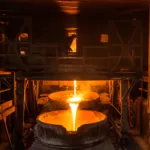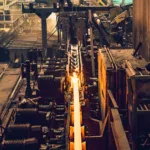Maximizing Energy Efficiency and Avoiding Reactive Power Penalties
Electric arc furnaces (EAFs) are widely used in modern steelmaking to melt scrap metal using high-temperature electric arcs. These furnaces are major energy consumers and impose a significant load on the power grid. As a result, power factor management is critical—not only for reducing energy costs but also for protecting infrastructure and avoiding penalties from utility providers.
This article provides a technical overview of what power factor is, why it matters in EAF operations, and how it can be optimized through smart electrical and automation strategies.
What Is Power Factor?
Power factor is a measure of how effectively electrical power is being used. It’s the ratio of real (working) power to apparent (total) power, expressed as:
Power Factor (cos φ) = Active Power / Apparent Power
-
A power factor close to 1.0 means energy is being used efficiently.
-
A low power factor (e.g., 0.6) indicates high reactive power and wasted energy.
Why Do EAFs Suffer from Low Power Factor?
Electric arc furnaces are dynamic systems where:
-
Load conditions change frequently (due to scrap positioning and arc behavior)
-
Voltage and current experience sharp fluctuations
-
Unstable arcs increase reactive power demand
-
Unbalanced loads introduce harmonic distortion (electrical noise)
Consequences of poor power factor:
-
Higher energy bills due to utility surcharges
-
Voltage instability across the facility
-
Overstressed transformers and cabling infrastructure
-
Penalties or restrictions from power distribution companies
How to Optimize Power Factor in EAF Operations
1. Stabilize the Arc
-
Install automatic electrode regulation systems
-
Ensure balanced and compact charging
-
Use automation to monitor arc length and electrode level
-
Employ arc damping algorithms to smooth voltage spikes
2. Apply Reactive Power Compensation
-
Install STATCOM, SVC, or capacitor banks to offset reactive power
-
Raises the power factor (cos φ), reducing reactive energy penalties
-
Improves voltage stability and power quality
3. Install Harmonic Filters
-
EAFs generate significant harmonics, degrading power quality
-
Use passive or active harmonic filters to suppress noise
-
Protects sensitive equipment and improves energy transmission efficiency
4. Select and Maintain Proper Transformers
-
Use transformers sized for the arc load and duty cycle
-
Avoid oversizing or undersizing, both of which reduce efficiency
-
Balance reactive flow with proper transformer tap settings
5. Monitor Energy Quality Continuously
-
Use real-time energy analyzers to track power factor
-
Analyze logged data weekly/monthly for performance trends
-
Target an average power factor above 0.90 cos φ to avoid penalties
What Happens If Power Factor Is Not Managed?
-
Utility bills increase due to reactive power surcharges
-
Overheating in transformers and cables accelerates wear
-
Voltage fluctuations damage electronics (PLCs, drives, computers)
-
Furnace performance drops: longer melt times, higher electrode wear
Alpha Refractory LLC’s Energy Optimization Approach
At Alpha Refractory LLC, we support clients not only in materials and process efficiency, but also in electrical performance engineering. Our services include:
-
Power factor auditing and detailed reporting
-
Compensation system selection (capacitors, STATCOM/SVC)
-
Harmonic analysis and filtering recommendations
-
Arc stabilization system implementation
-
Energy monitoring system integration
In industrial production, efficiency isn’t just about materials—it’s about managing energy with precision and intelligence. We help you achieve both thermal and electrical balance for maximum output.




